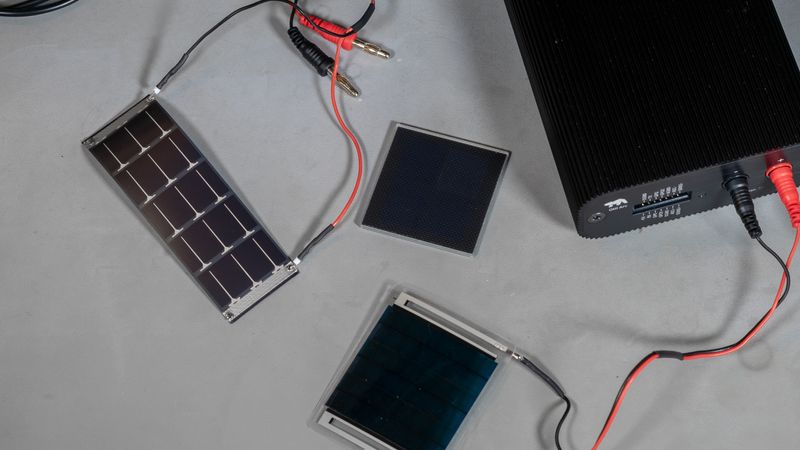Solar energy harvesting for your IoT solution
To determine whether solar energy harvesting is better than battery power for your IoT solution, it is important to evaluate its economics. There are three best practices to find the right economics and IoT solar panel for your device.

Solar energy harvesting is increasingly being adopted in professional IoT applications, extending beyond hobbyists and makers. It has the potential to revolutionize the way we power our devices. This technology proves to be particularly advantageous for agricultural monitoring and asset tracking, where the difficulty of accessibility and high maintenance costs can be significant. The use of solar energy harvesting in these areas can greatly reduce costs and improve efficiency. Additionally, it has the added benefit of being an eco-friendly solution.
While the idea of solar-powered IoT applications is exciting, it is important to note that effective harvesting is necessary for successful implementation. However, focusing solely on the energy source, such as choosing the most energy-packed battery or the largest solar panels, can increase product size and cost while limiting potential uses. Therefore, it is imperative to optimize solar harvesting for your IoT device, considering the following three factors: access to natural or artificial light, the power consumption profile of the IoT device, and the performance of the solar panel and its energy storage.
To determine whether solar energy harvesting is better than battery power for your IoT device, it is important to evaluate its economics. To do this, we recommend following these three best practices:
- Understand your use cases, including data collection frequency, information transmission, and the environments the device will operate in. This will help you determine whether solar energy harvesting is a feasible option for your device.
- Profile your IoT device power consumption, measuring the energy consumption profile for different duty cycles and power levels to match it with the energy source. This will help you determine whether the solar panel is capable of meeting your device's energy requirements.
- Profile the solar panel for available energy at the device location, evaluating the current-voltage (I-V) characteristic curve for different light levels to find the maximum power available to meet the IoT device's energy requirements.
It is also important to note that solar panels can utilize artificial indoor light sources like LED, fluorescent, incandescent, and halogen in addition to direct and indirect sunlight to generate electricity. This expands the potential use cases, which require further evaluation. By following these best practices and optimizing solar harvesting for your IoT device, you can ensure that your device is efficient, cost-effective, and eco-friendly.
For detailed information on how to profile and match your IoT device and solar panel check out these hands-on tutorials.